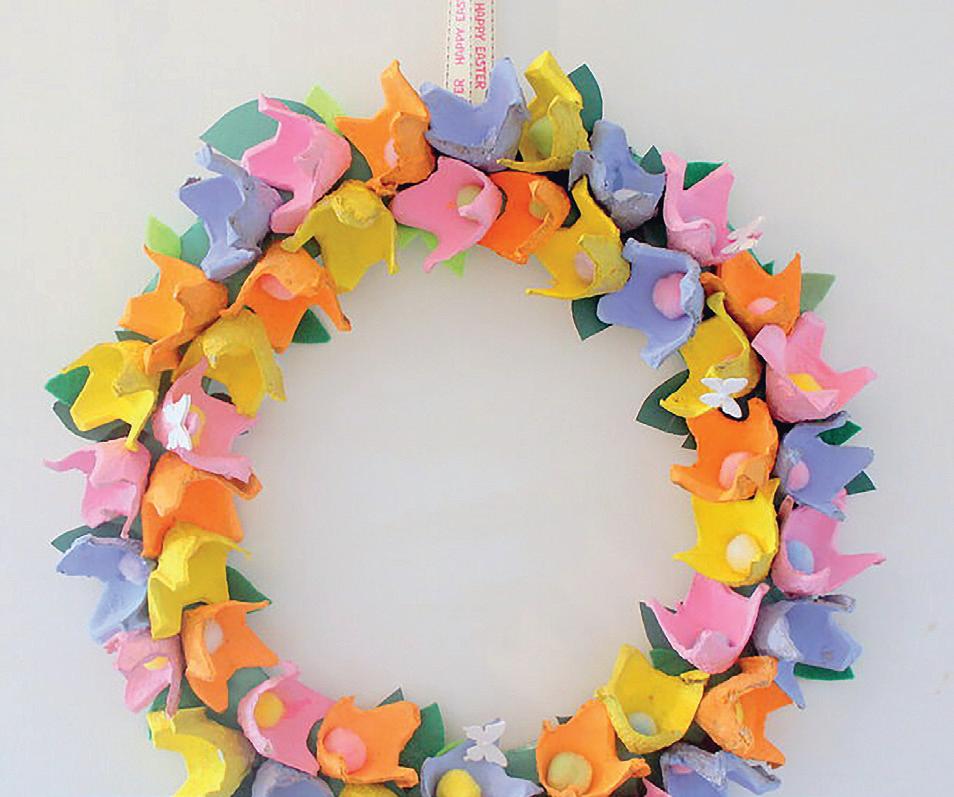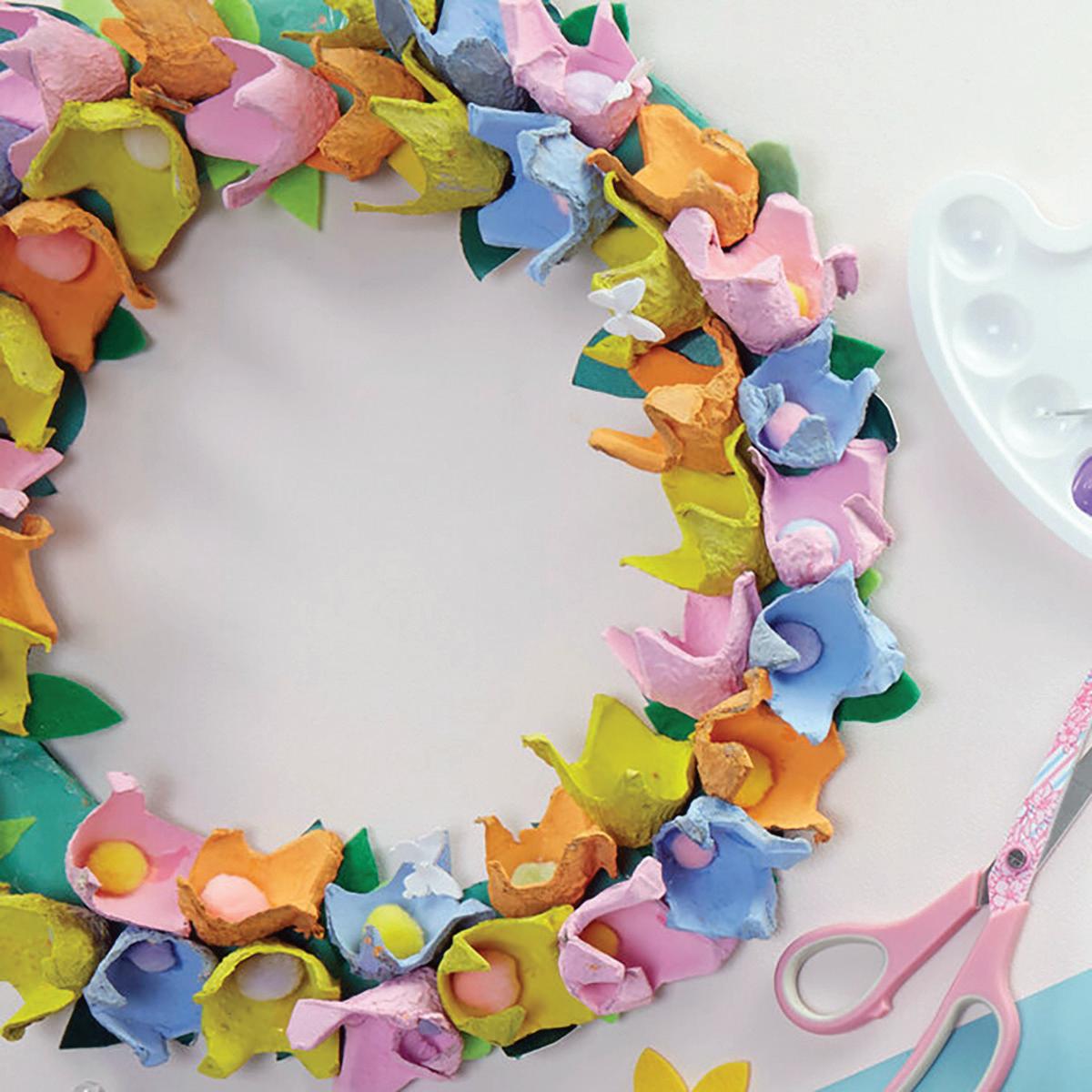Enough: Overcoming Anxiety, Perfectionism, & Self Loathing
BY DR JUSTIN COULSON
Comparison. Competition. The perpetual feeling that “I’m not enough”.
Something is happening to many of our kids. It’s happening at a level we haven’t seen before. And the ramifications appear deeply serious.
Many of our children are drenched in the insecurity of feeling incomplete, inadequate, insufficient, imperfect, lacking, faulty, limited, defective… imposters. There is a crisis of confidence – and importantly, competence. And even our seemingly confident and competent kids are struggling. It’s often the kids who are “succeeding”, the ones who are ticking all of the right boxes, the ones who are “winning” that are often the WORST at feeling like they’re “enough”.
Here’s what we know:
Anxiety disorders are on the rise
Anxiety, according to the Australian Psychological Society, is a natural and usually short-lived reaction to a stressful situation associated with feelings of worry, nervousness, and apprehension.
Anxiety is a healthy emotion!!! But the anxiety our kids feel is often not short-lived, and often not a reaction to a stressful situation. They’re anxious about a lot and many of the things they’re anxious about are self-oriented. This makes their anxiety unhealthy. It is:
1. being felt at high levels
2. for things that aren’t supposed to be causing anxiety, and
3. it’s not being processed well.
These high levels of ongoing anxiety are cumulating in rising levels of anxiety disorders. The most recent National Study of Mental Health and Wellbeing flagged that the rate of anxiety disorders in our 16-24 year olds is around 21% for boys, and 41% for girls. The 2007 National Study found that the prevalence of anxiety disorders in that same age group was only 15%. In just 15 years, the number of teens experiencing clinical levels of anxiety doubled, and now close to a third of them are experiencing levels of anxiety that interfere with daily functioning.
Perfectionism is also on the rise
Perfectionism is a combination of excessively high personal standards and overly critical self-evaluations. Perfectionistic strivings (having those high standards) alone are debilitating. Combine those strivings with what is known as perfectionistic concerns (fear of
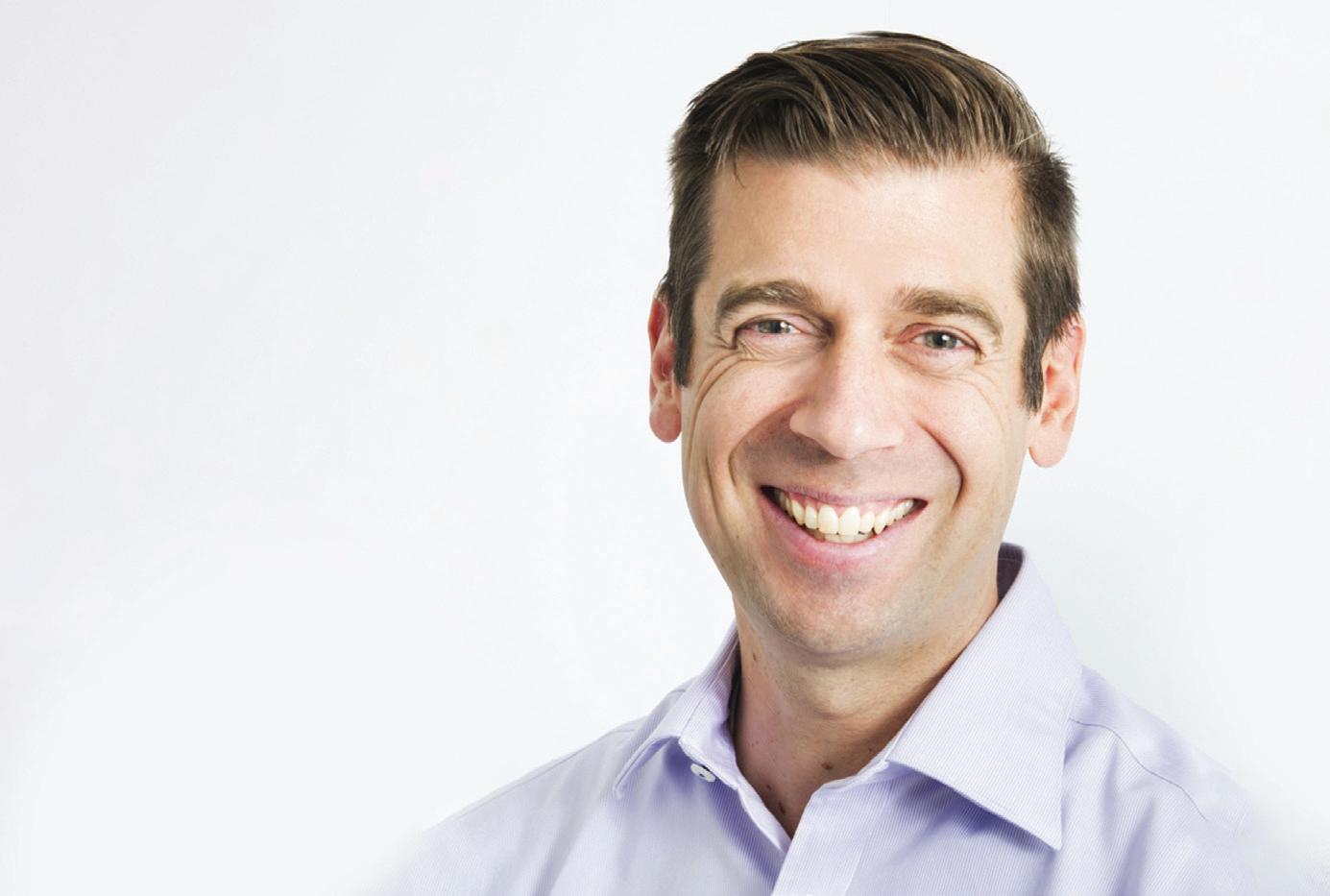
negative social evaluation) and children start to believe that their worth is based on their performance. While rates of perfectionism have increased across the board over the last few decades, the rates of socially prescribed perfectionism have gone up the most – 32% from 1989 to 2017 (and probably even more since then!). Not only is this twice the rate of change as other dimensions of perfectionism, but it is also the most debilitating form of perfectionism. It is characterised by the fear of failing to meet the high expectations of others.
I offer the following five tools to help our children overcome their anxieties, perfectionism, and even self-loathing so they can both do well and feel well.
1. Mattering
More than any other species on the planet, humans are hardwired for love. Ethologist, Konrad Lorenz called love “the most wonderful product of ten million years of evolution”. Psychoanalyst Erich Fromm romantically made the appeal that “without love humanity could not exist even for a day”. Professor George Vaillant of the longest running study on human wellbeing and health in the history of the world declared that “happiness is love. Full stop.” Saul of Tarsus, converted and renamed St Paul made the claim “And now abideth faith, hope, love, these three; but the greatest of these is love”.
But love is different to mattering. And that difference… matters!
I discovered the concept of mattering while completing my undergraduate degree and was surprised then (as now) how little attention the idea received, especially since people have known about mattering for 70 years or more. For example, Alfred Adler, a contemporary of Sigmund Freud, emphasised that feeling like we “belong” is essential for psychological health. He wrote that children often get treated in ways that leave them feeling like they are nothing, and this feeling is exacerbated when adults don’t take them seriously when they express themselves. But parents who are not dismissive have children who feel they are ‘worthy’. While not using the term “mattering”, he undoubtedly meant precisely that. His writing described that when our children know they matter, they know that they are something… that they are enough.
In his book, The Psychology of Mattering, Gordon Flett describes how people who know they matter are more resilient and engaged in life than those without a sense of mattering (who are more likely to experience stress, distress, and psychological pain).
How do we show someone they matter?
• We treat them in a way that elevates them rather than diminishes them.
• We listen to them.
• We show we care about them.
• We remember things that are important to them.
• We show we depend on them.
• We go out of our way to advance their wellbeing or their prospects.
• What does all of this mean?
Love and care should never be conditional upon performance. Love and care show a child she or he matters. And that is what helps them feel they are enough.
2. Knowing Who They Are
In what has become a well-known piece of research, Professor Marshall Duke and Dr Robyn Fivush of Emory University conducted a study into identity and resilience. Their research was prompted by Duke’s psychologist wife, Sara, who reported to him that in her work with children with learning disabilities, those who knew a lot about their families and their family stories seemed more resilient.
Duke’s much publicised study described the creation of a 20-item questionnaire called the ‘Do You Know’ (DYK) scale. His analysis showed that children (aged 9–12) who had the highest scores on the DYK scale lived in homes where families have more dinnertime conversation (which makes it sound like they “mattered”). Even more important, the DYK scale was related to children’s locus of control. This refers to whether we believe we are in control, or whether outside forces are controlling us.
Duke and Fivush discovered that children who were told – and who recalled – family stories believed they were responsible, and that they were capable of controlling things rather than being at the mercy of external or environmental elements. They had an internal locus of control, and it built their wellbeing. As scores on the DYK scale increased, so too did self-esteem. And higher DYK scores were related to children having lower internalising and externalising behaviours. (Internalising behaviours are things like depression, anxiety, and other unhealthy ways of being that stay inside a person; externalising behaviours are things like acting out, being delinquent or oppositional, or using alcohol and other drugs.) Lastly, family functioning and participation in family traditions also increased with higher scores on the DYK scale.
KidsLife 8 Magazine
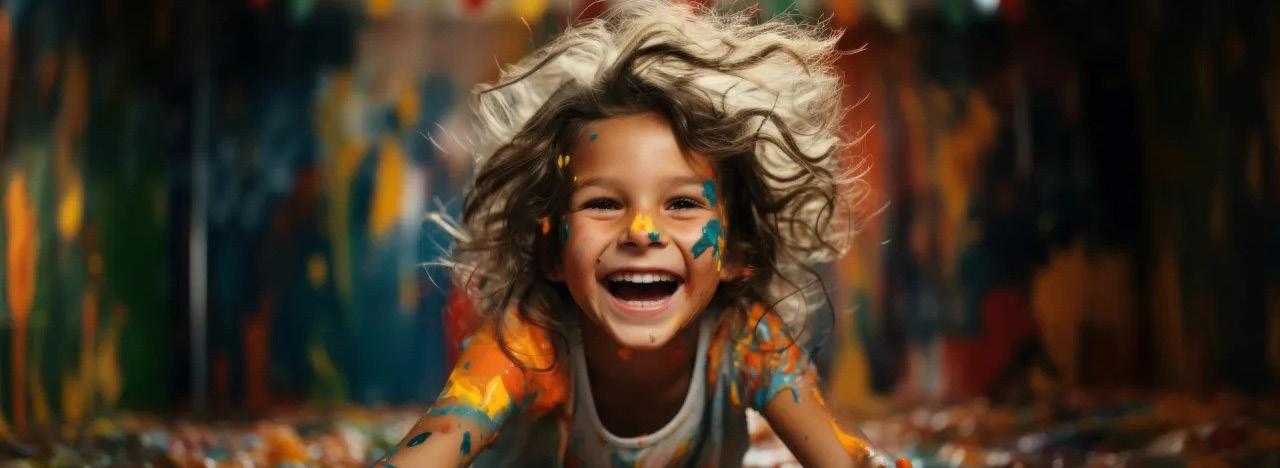
With his colleagues, Marshall Duke extended this research to children aged 14–16 to determine how knowing family history might relate to adolescent identity development, and whether teens who had a better-established sense of identity did better in life. He found that the better teens knew their family stories, the better adjusted they were. They possessed a general sense of self-worth and the ability to plan for the future, and they felt good about who they were. They had begun to achieve a sense of identity.
This research has significant implications for our conversation about being enough. Children who know their family identity tend to feel better about themselves. They have “roots”.
There’s an old saying that you need to “stand for something or you’ll fall for anything”. Knowing who you are means knowing what you value and what you’re about. It means you have a sense that you are ‘enough’.
3. Being Hopeful
Psychologists often work with people who feel anxious and depressed, encouraging them to look at what they can change. This aligns with the Coveyesque notion that we should operate within our circle of influence rather than our circle of concern. As we do so, we find our influence grows and our capacity for control extends.
Such an approach requires hope, but it also builds hope. Professors Shane Lopez and Charles Snyder described hope as requiring three things:
Goals Thinking
This means knowing what it is that you want. Too many of our teens (and too many of us) are unclear on what we want. If we do not know what we want, how can we achieve it?
Pathways Thinking
Even if we know what we want, we must believe there is a pathway to that goal. And if that pathway is shut-off, we must believe there are other ways as well.
Agency Thinking
Agency describes the ability to act congruently with your goals. It’s the power to do. When we are agentic, we are actively choosing to act a certain way.
If we are hope-ful we know where we’re going (goals), can see a way to get there (pathways), and believe we can actually walk that path (agency).
If we are hope-less we don’t know where we’re going (no goal). Even if we do have a goal, we may not believe there’s a pathway. Perhaps we have a goal, and we see a path… but we’re lacking self-belief. Agency is missing. And we remain without hope.
As parents, we must be hope-builders in our children’s lives.
How can we do this?
• Help them identify things that are worth working towards
• Encourage them to set goals that are based on personal interests and passions. These goals may be SMART (specific, measurable, achievable, relevant, and time-bound), or they may be more process-oriented (such as the goal to read a chapter of a personal development book most days).
• Help them identify pathways that are open to them
• This involves breaking the goal down into smaller tasks, and working with them to make sure they have the resources, tools, and information required to pursue their goal.
• Help them develop self-belief
• Celebrate their achievements, provide reassurance when they face difficulties, and remind them that setbacks are opportunities for growth and learning.
4. Doing Hard Things and Celebrating Wins
In some ways, life is full of hard things for our children. That’s part of the reason they struggle. But at a deeper level, they’re feeling unsure of their identity because they have not had time to accumulate evidence of their competence – to do the hard things that prove to themselves that they are capable, competent people.
Competence is a vital human need. Yet you don’t become confident by shouting affirmations in the mirror or having your parents pump up your tyres with false praise. You build a sense of hope, selfefficacy, and power by having a history of action that offers you undeniable proof that you are who you say you are. It comes from doing the hard thing again and again.
If they continue to disprove their imposter syndrome, their anxiety dissipates at the same time as their identity builds. It’s like building a mountain with layers of paint. Incremental and thin growing. But growing with every brush stroke. Do the reps. Make them hard.
And celebrate the wins! Ask your child how it felt to progress. Ask them how they did it and how they plan to do it again. Boost them up with real compliments and genuine encouragement that reflects their own positive self-evaluations and helps them feel good about their efforts and results.
5. Making a Difference
I know of nothing that builds a teen’s sense of mattering, sense of self, sense of hope, and sense of competence like helping others. In recent
decades volunteering has declined. And this is to the detriment of the wellbeing of our children.
We all need to be a part of something larger than ourselves. Our children forget themselves when they get to work helping others.
Spencer W. Kimball, a former leader of the Church of Jesus Christ, said, “The more we serve our fellowmen in appropriate ways, the more substance there is to our souls. We become more significant individuals as we serve others. We become more substantive as we serve others—indeed, it is easier to “find” ourselves because there is so much more of us to find!”
Perhaps we might help our children realise they are enough by encouraging them to step outside themselves and look outwards in service to others. In so doing, I believe they’ll discover that, while no one may ever be quite “enough”, they will be more than they ever could have been otherwise.
You are enough
Over the years, we may have inadvertently contributed to our kids feeling like they’re not enough. We may have increased their anxiety and drive towards perfectionism by the pressure and control we have applied. Yet merely stopping our negative impacts is not enough to reverse the trend. Too much of our societal culture pushes our kids to feel like they will never measure up.
However, as parents we can be part of the solution. We need to let our kids know that they matter. We need to help them know their family story. We need to be hope builders. We need to celebrate the hard things they do. We need to support them to make a difference in the world.
Ultimately, here’s what I want our teens to know:
I am enough because of who I am right now in this moment.
My potential (or lack of potential) for the future is irrelevant to being enough.
What has happened (or hasn’t happened) in my past is irrelevant to being enough.
Being enough isn’t something that our kids need to achieve. It isn’t something that is determined by what they have done. It is their ability to accept themselves completely in the present moment that gives them the ability to feel like they are enough.
They are enough. Right now. Just the way they are.
Read more about this topic and many others here: www.happyfamilies.com.au
KidsLife 9 Magazine
FBY MAGGIE DENT
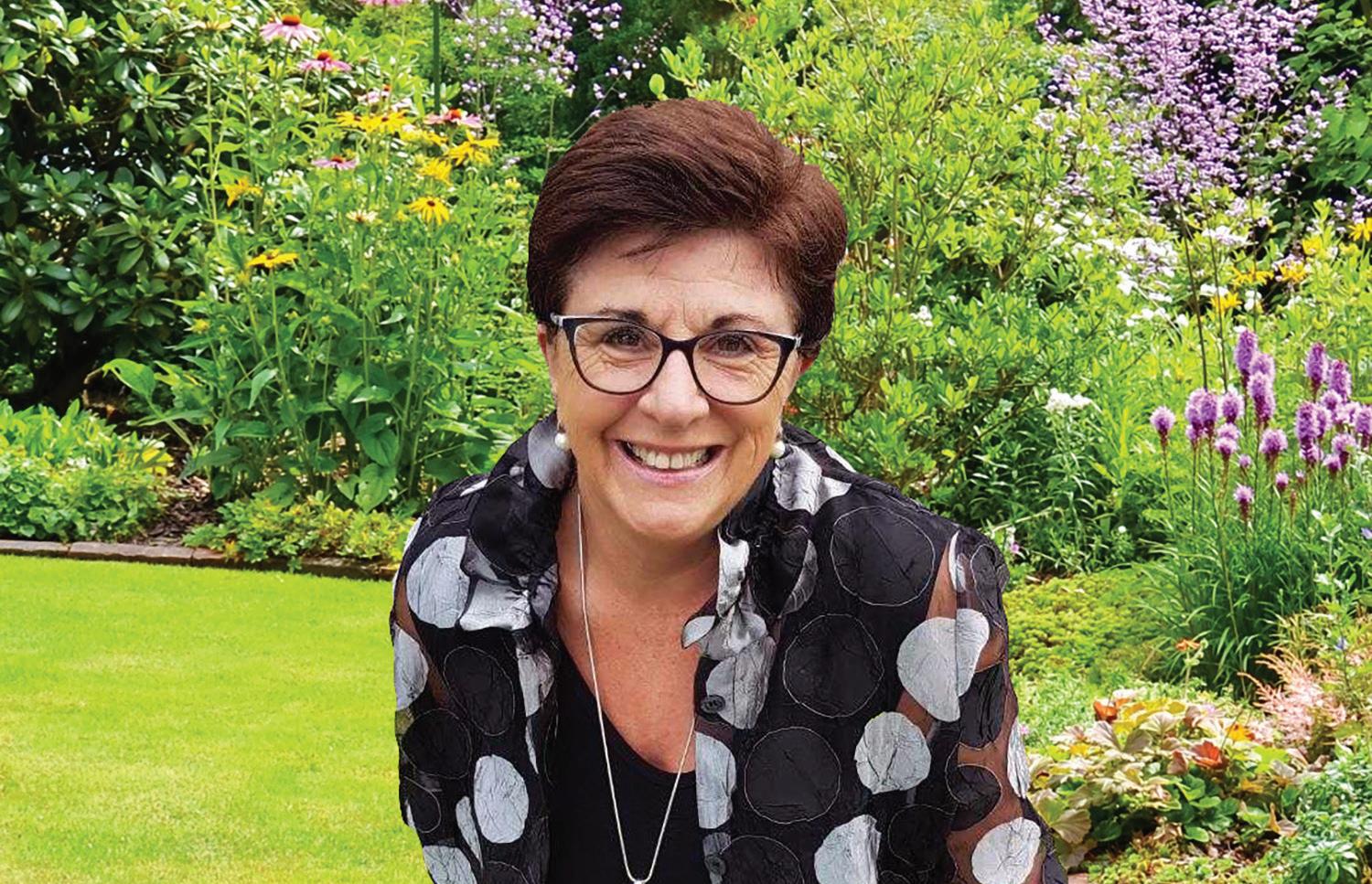
rom the earliest civilisation in traditional kinship communities, the role of significant safe, adult guidance and mentors has been accepted as being essential in the healthy raising of children to adulthood.
These guides and mentors who are not our mums and dads, are people that I call ‘lighthouses’. So, think of extended family like uncles and grandparents, teachers, your kids’ friend’s parent, neighbours, family friends or community members.
It takes only one adult who can hold the light in a young person’s life to make a significant difference to that young person’s life outcomes.
The role of lighthouses is particularly important during adolescence when children go through massive change and are easily influenced. Over the years I have shared many stories in my books about moments where a former student has shared how important my influence had been on them. With many of these kids, I actually had no idea that they felt that way, and that is the motivation behind this blog.
In parts of Australia, youth crime has become incredibly problematic, and while this is a systemic issue – and we can also point the finger of blame at the unsavoury and unhelpful influence of certain aspects of technology – we must also look within ourselves and our communities. Many of these teens do not have lighthouses.
In my years of teaching and counselling, I met many children and teens struggling with deep self-loathing and chronic low self-esteem. I experienced the same during my own teenage years. I am deeply grateful for the influence of my Year 9 teacher, Mr Daniel; my funny, heart-filled Aunty Una; several teachers from Narrogin Senior High School; and my university basketball coach.
Every one of these people shone a light into my darkness and helped me realise that I was worthwhile and that I deserved to be happy. I am completely convinced I would not be doing what I do today, without these lighthouses.
When a teen, in particular, feels lost in their world, they think no one cares, that they don’t matter and that they are unworthy of being loved and accepted exactly as they are. The power of human connectedness when someone reaches into that place of despair, is transformative. That is why we need caring, competent adult mentors who can make the difference between thriving and flourishing and struggling and failing.
For my book From Boys to Men, I surveyed almost 2,000 men, and I asked them who had been their lighthouse figures during their teen years. They responded:
• grandparents 15.1%
• teacher 10.9%
• aunt 9.8%
• a friend’s parent 9.4%
• coach 4.3%
• uncle 2.1%
• psychologist/therapist 0.5% and 0.3% respectively
In a similar survey of teen boys, these statistics were reasonably similar, but the overall percentages differed.
• grandparents 26.2%
• teacher 19.6%
• a friend’s parent 9.5%
• aunt 6.9%
• uncle 6.9%
• counsellor 0.3%
Sadly around 2.5% of respondents said they had no one who was a lighthouse figure in their lives.
Sometimes it can be a one-off moment that sees a child or teen consider you as a lighthouse figure.
I remember once when I was on bus duty at the high school where I was teaching, and the bus was late. I noticed a girl waiting on some steps nearby, so I sat next to her. Over 10 minutes, I just chatted and listened and noticed that her mood had cheered up and we even had a laugh or two. I did not teach that girl. I hardly knew her. In the last week of that year, though, she found me and gave me a thank-you card. She said to me her life had been really tough, and she was seriously considering ending it, and that one chat gave her hope, and it changed
KidsLife 10 Magazine

that trajectory for her. Not only that, she also decided to look out for others who had been feeling just like she had been on that day.
We are all capable of connecting in real life and realtime, and I think we need to prioritise this as I believe our tweens and teens are starving for it.
Please look around you, in your family, in your school or in your community, and see if you can spot a teen who needs a lighthouse.
Maybe their shoulders are slumped a little, or maybe they are looking towards the ground more than the sky, or maybe they seem to be on top of everything and have a smile fixed on their face. Whoever the teen is, please step forward with a heart full of compassion and lightness. I have written a whole blog about Leaning in with Light which could be helpful.
Lighthouses shine rather than shame.
If you are a coach, remember every teen is incredibly sensitive to failure, letting people down, embarrassment, criticism and exclusion. They do not need to be yelled at, shouted at, made fun of, put down or have any other form of relational aggression targeted at them. You never know how fragile their psyche is at that moment or on that day.
I cannot finish this blog without thanking all the wonderful teachers who are out there in our schools leading with
head and heart. You know who you are. Yes, the system is broken, and it is harder than ever to have the time or energy to be the lighthouse you want to be. Thank you for remembering that education is not just about passing tests; it’s about raising humans on a very bumpy ride to adulthood. I stand beside you always, and I cheer you on.
One of the secrets of connecting with tweens and teens who are struggling is through vulnerability and honesty. If you are able to share something of a time when things were tough for you, often it opens their heart to compassion for themselves. Lighthouses need to be capable of unconditional acceptance, unwavering positive regard (regardless of any perceived sense of failure on the young person’s part), no judgement, and no unheeded advice or lectures.
Given that every human yearns to be seen, heard, accepted and valued exactly as they are, sometimes a smile, or a greeting using their name, can have more power than you can possibly imagine.
Remember, lighthouses lean in with compassion and act as a safe, predictable base for a child or teen to help them to pause, regroup, recover, replenish and grow.
Let’s all step forward and be a lighthouse because our kids need more light, laughter and love right now. You can change a life for the better.
KidsLife 11 Magazine
BY ALISON FITZSIMMONS Founder of Baby Bears Chair www.babybearschair.com.au
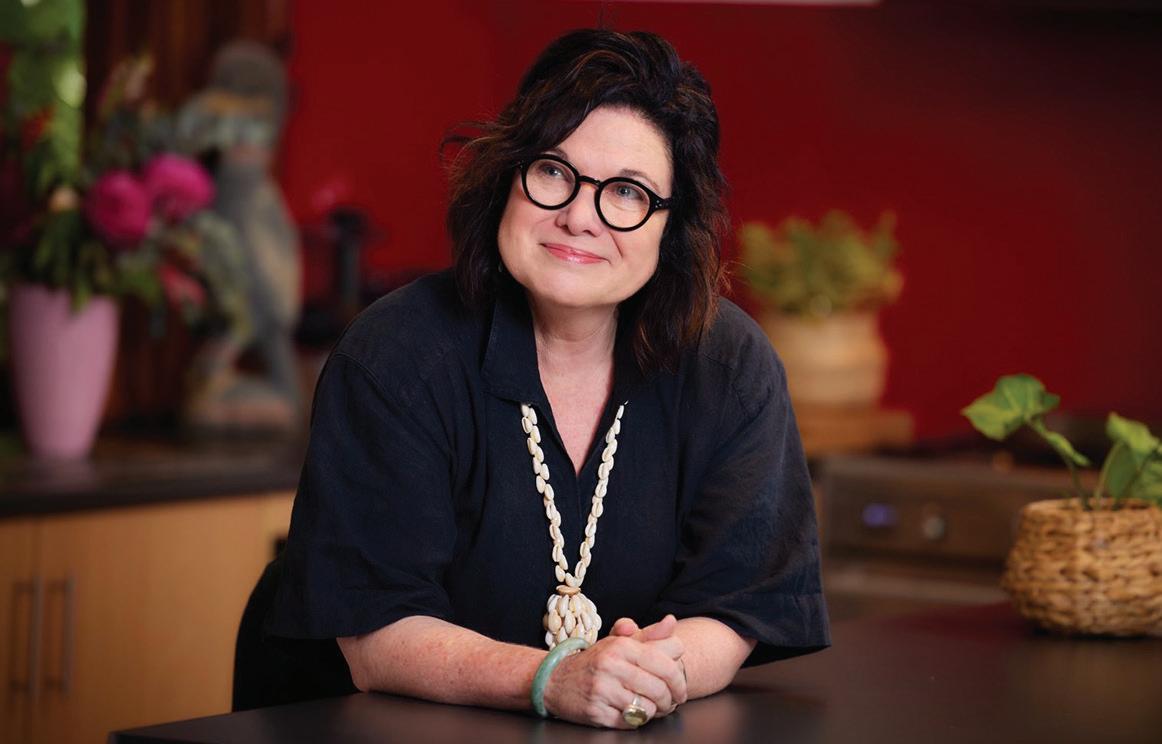
“In our increasingly digitalised age, it’s crucial that we provide young minds with opportunities to connect with living Earth.”
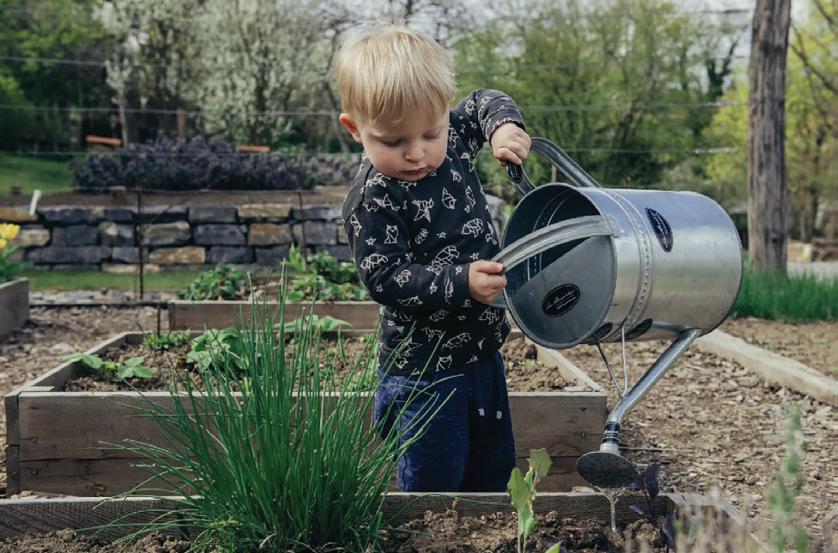
- ALISON FITZSIMMONS
Malaguzzi, visionary founder of the Reggio Emilia approach to early childhood education, celebrated the boundless diversity of children’s capabilities. His profound insight reminds us that each child possesses a unique tapestry of talents and expressions, weaving their way through the world with endless curiosity and wonder. In an era saturated with digital technology, it becomes imperative to honour and embrace this kaleidoscope of learning experiences.
Amidst the digital din, we will find solace in nurturing environments that beckon exploration, ignite creativity, and foster a deep-rooted connection with living Earth. Inspired by Malaguzzi’s wisdom, we should embark on a journey to create spaces where children can thrive amidst the wonders of nature,
cultivating holistic development and an unwavering appreciation for life’s marvels. Through the simple yet profound act of caring for plants— whether they be potted herbs and cherry tomatoes or a raised garden bed of baby Asian greens— children discover the joy of responsibility, the rhythm of the seasons, and the interconnectedness of all living things.
By embracing the role of stewardship, we empower our children to cultivate lifelong virtues, attitudes, and perspectives essential for navigating the complexities of our digitalised world while remaining grounded in the timeless wisdom of nature.
KidsLife 12 Magazine
Loris
Visit
www.babybearschair.com.au,
us at
Facebook and Instagram.
Early Years Excellence


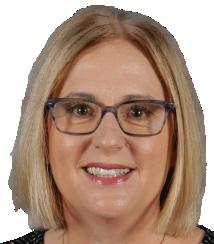


Prep to Year 12 www.standrewscc.qld.edu.au 07 4039 5200 185 - 205 Redlynch Intake Road, Redlynch EN R O L N O W Interviewingnowfor2025 for P PRE Limited places available for 2024 Theresa Redgwell Head of College (Primary) Iona Harris Assistant Principal Learning & Teaching (Primary)

Mareeba Drive-In Nostalgia
By Danae Jones
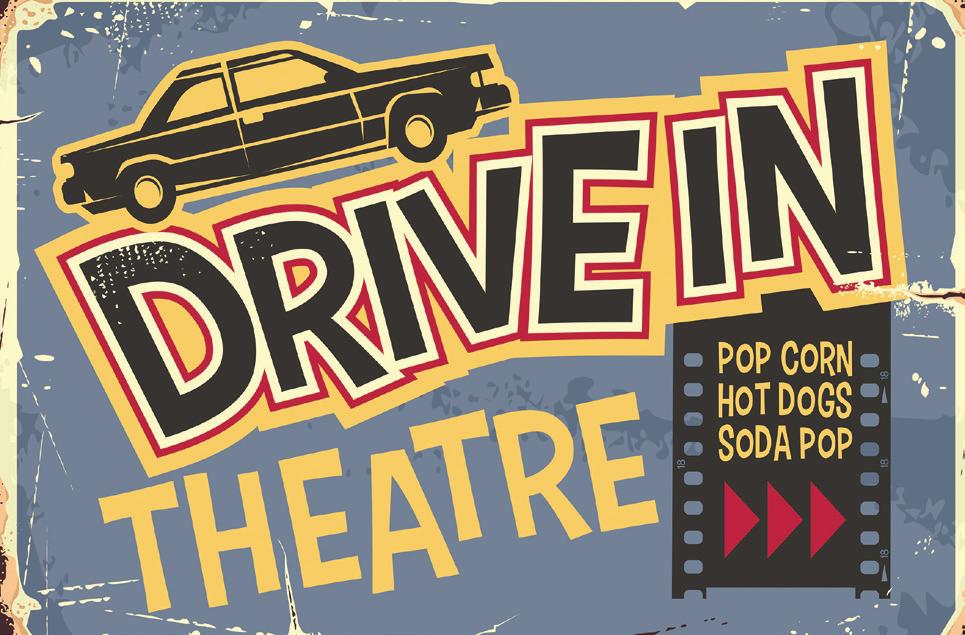
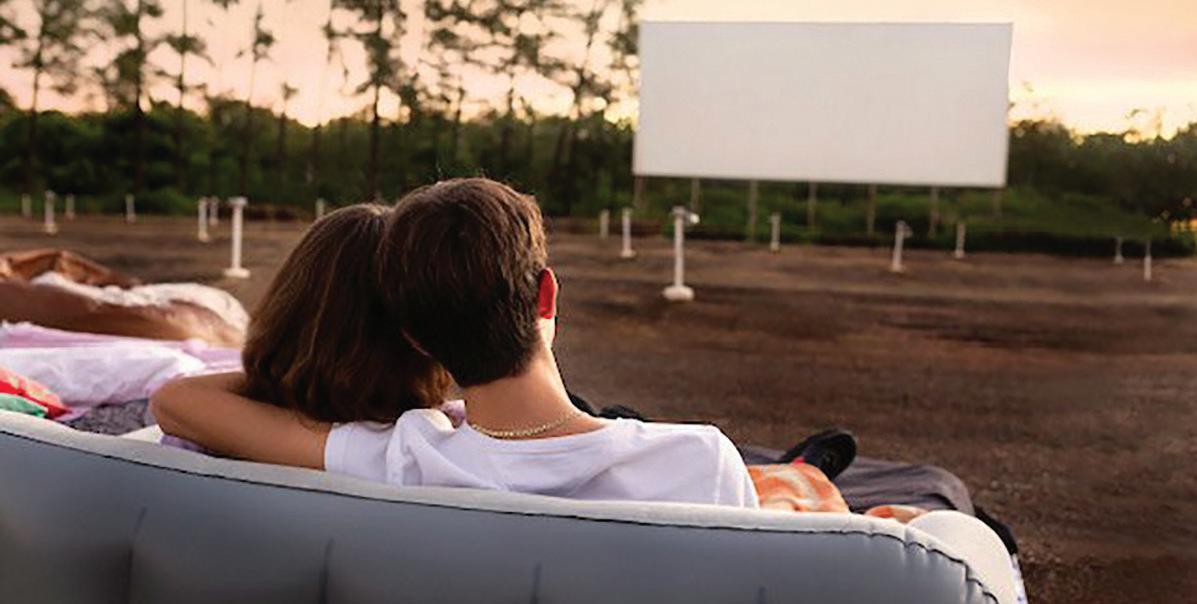
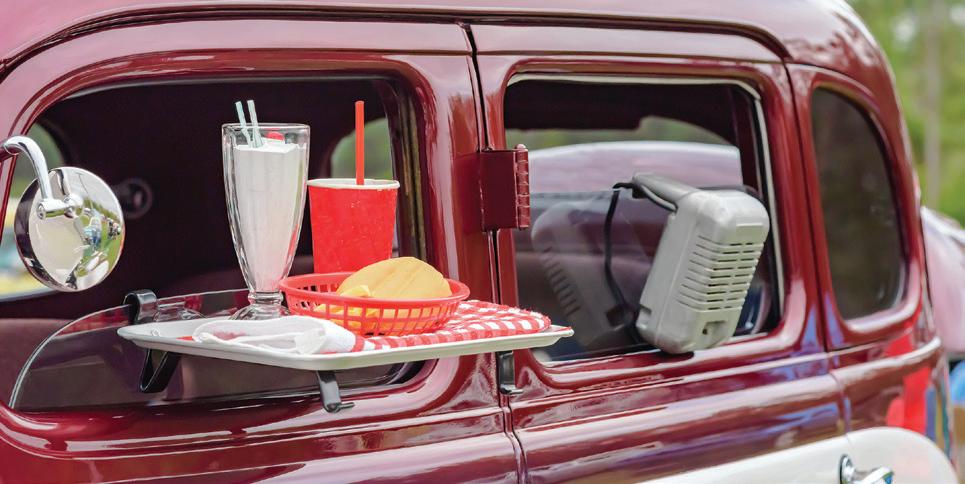
Doyou remember the days when drive-ins were a regular weekend option in FNQ? If you’re under 30 years of age, probably not. Seriously, you missed out! It was one of the best childhood memories I and many others in the region have. But guess what? You can experience the nostalgia of the old fashioned drive in theatre at the Mareeba Drive-In and get a glimpse of that old time fun most weekends and school holiday periods. The local family owned and operated business is run exactly like old times, speakers to hook onto your car door and all, or a radio frequency to tune into your car sound system.
I recently took my kids and a few of their friends to this hidden gem on the Tablelands and it was one of the best experiences for us all.
Make sure you take lots of comfy blankets/doonas/pillows, and if you have a ute/van/car with drop down seats, try and get a mattress to give it that five-star comfort movie experience.
There is a kiosk with heaps of scrumptious food options. Take some snacks for the kids though, just in case there is a long line up. If it’s a popular new release, sometimes it gets really busy. Last thing you want is hungry bellies before the movie even gets going.
Word of advice, if you’re not from the Tablelands and need to head back home and you’re a bit sleepy after watching two back to back movies, why not stay on site for the night. You can actually camp on site in a tent or in the back of your car/ van overnight at no additional charge as long as you leave by morning and clean up any mess made.
We highly recommend this family friendly activity for all ages. We will definitely be going back again very soon! It’s an affordable, wholesome option for everyone to enjoy.
Note: check out their Facebook page prior to travelling to ensure the movies you are watching are age appropriate.
For more info go to: www.mareebadrivein.com.au
KidsLife 14 Magazine
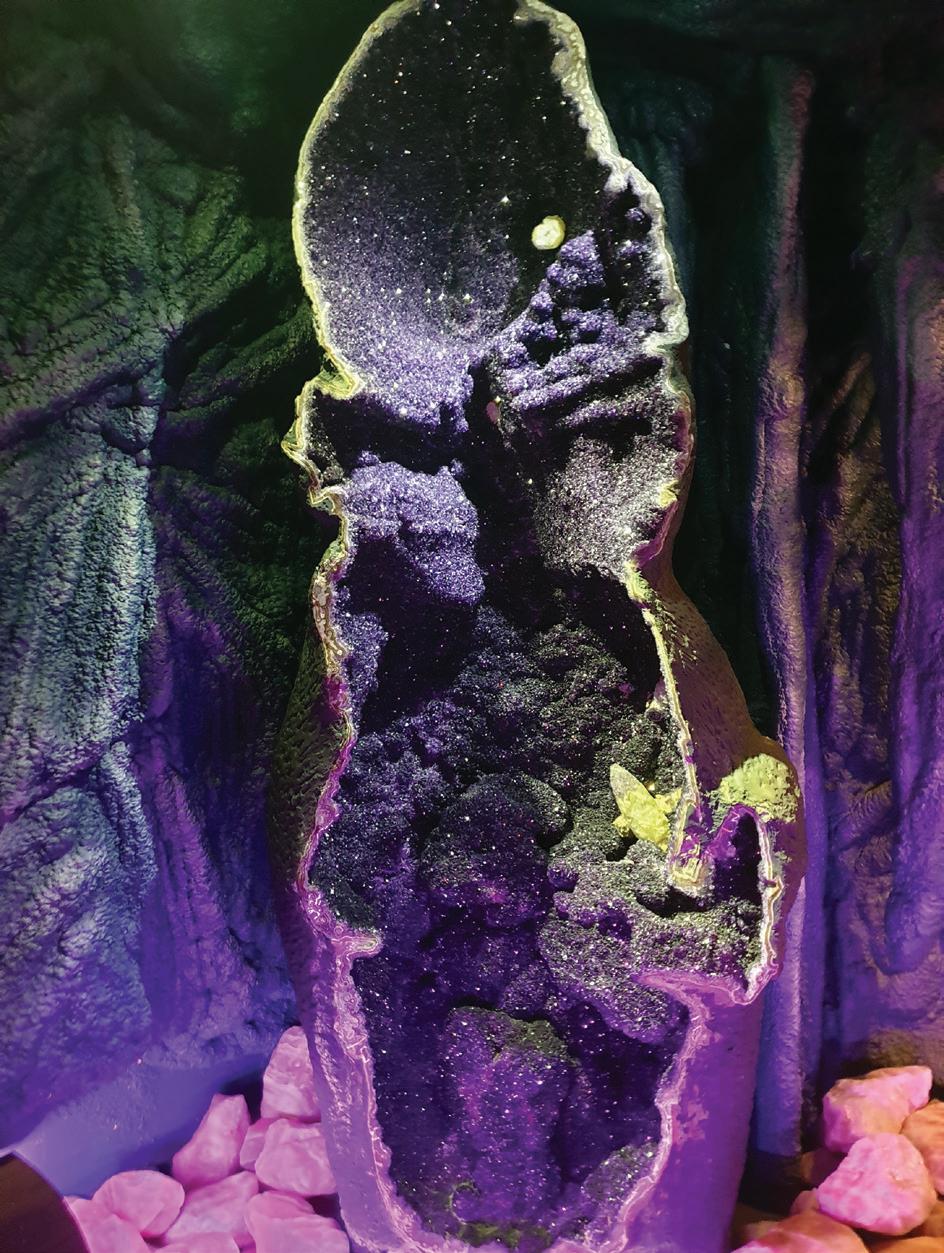
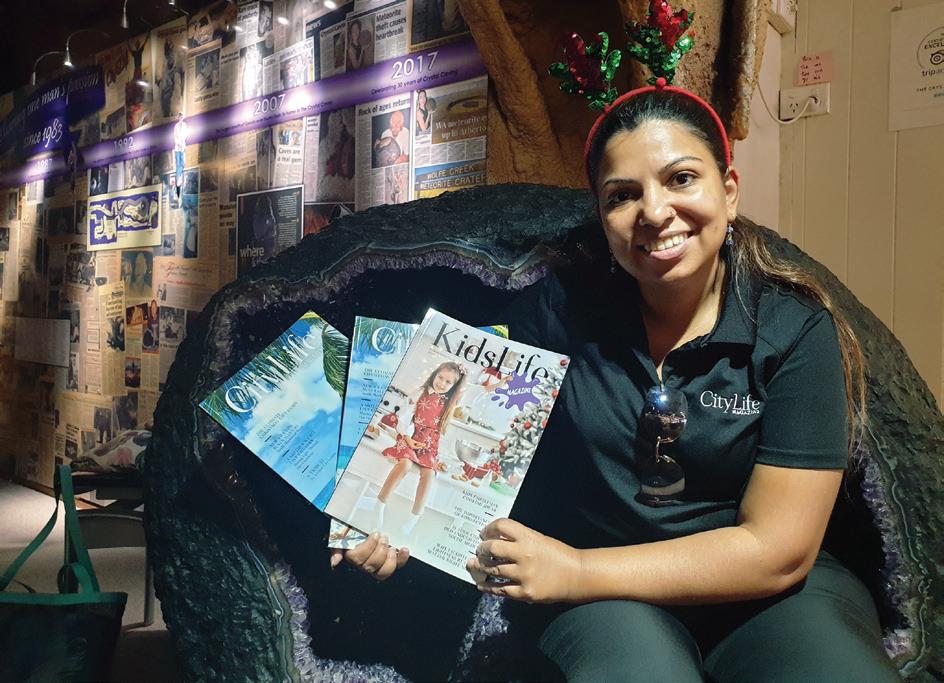
 Words by Stacey Carrick
Words by Stacey Carrick
The Crystal Caves offer the perfect school holiday activity for children of all ages.
My colleague Jess Kumar and I decided to spread a little Christmas cheer in Atherton just a few days before Christmas last year and discovered that it’s a fantastic attraction for big kids and little kids alike!
Our task was to deliver CityLife Magazines to the town, however we also enjoyed catching up with the locals and decided no trip to Atherton was complete without a visit to the Crystal Caves.
Staff were incredibly friendly and welcoming and it is clear they love sharing their passion with adults and children, as they encourage them to touch and interact with the displays, proving it’s fun and educational at the same time!
The museum offers a self-guided tour, so you are welcome to stay as long as you like, giving you unlimited time to marvel at the interactive displays which allow you to touch and photograph them.
At the entrance, you will be greeted by a sliced Amethyst geode that creates a sparkling tunnel.
There is a winding walkway that resembles a real cave, with delicate specimens on either side.
You will be able to marvel at the fossil gallery featuring an Orthoceras between 480 and 200 million years old; a tribe of trilobites between 520 and 380 million years old and Australian ammonites from our very own local Walsh River.
The fluorescent mineral display is stunning – if you turn your headlamps off, you will be able to see the full effect of fluorescent minerals that glow bright pink, green, yellow and purple under black light.
My favourite attraction was the massive amethyst geode standing at 3.5 metres tall – truly breathtaking in both magnitude and beauty.
You will be able to marvel at The fairytale, a space where you can sit in awe of hundreds of small crystals and agate slices on the ceiling as well as three selenite crystals from the cave of swords in Naica, Mexico.
The grotto grande is where it all began, here you will learn more about crystals, gemstones and fossils in interactive displays.
After the self-guided tour, you will enjoy the opportunity to indulge in some retail therapy – you can browse a range of jewellery, gifts, crystals, fossils, gemstones and mineral specimens.
One of the best things about the Caves is that visitors are actually able to touch and photograph more than 600 crystals and fossils that cover 300 square metres.

Another drawcard is the opportunity to see inside a 44 million-year-old volcanic bubble in the ‘crack a geode’ experience. You can even keep your own geode!
The Caves feature a family room, giving kids the opportunity to fossick for crystals in their sandpit.
Let their creativity run wild as they colour in or draw on their giant blackboard.
The caves were proudly built by Rene Boissevain to display his private collection of crystals and fossils from all over the world in a fun and interactive way.
Rene is a man with a passion. He has spent a lifetime travelling to every corner of the world to collect natural crystals and prehistoric fossils.
He invites you to share in this passion by taking a self-guided tour of his man-made caves, which started as a rock shop called Fascinating Facets in 1983.
They began as a single grotto in 1987 and now encompass seven chambers called Grand Grotto, Fossil Gallery, Phantom Pocket, The Fairytale, Glasshouse Collection, Amethyst Room and Magic Spheres.
The Caves now attract around 25,000 people each year, with visitors journeying through fascinating tunnels and grottos that Rene built to feature his collection.
Rene’s collection comes from all over the world, including Australia, South America, India and Morocco.
Most of the specimens are millions of years old and were formed when the Earth was formed.
Anything else of note? Just 385 millionyear-old marine fossils, the jawbone of an Ice Age woolly mammoth, dinosaur eggs from China and an agate that’s had the same water swirling around inside it for 80 million years - definitely worth a visit, so make sure you check it out these school holidays!
* Crystal Caves is at 69 Main St, Atherton, visit www.crystalcaves.com.au. Open seven days per week except public holidays. Locals discount is available and children under five are free.
KidsLife 15 Magazine



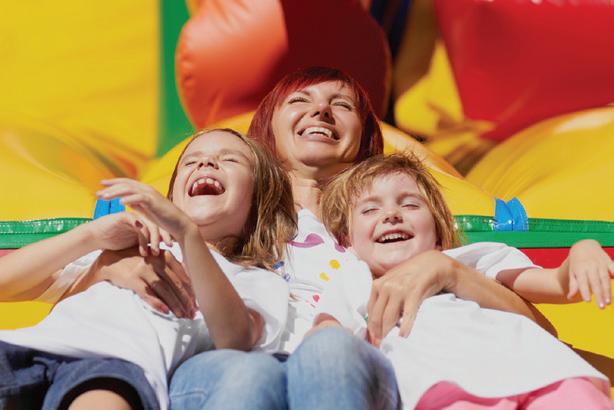
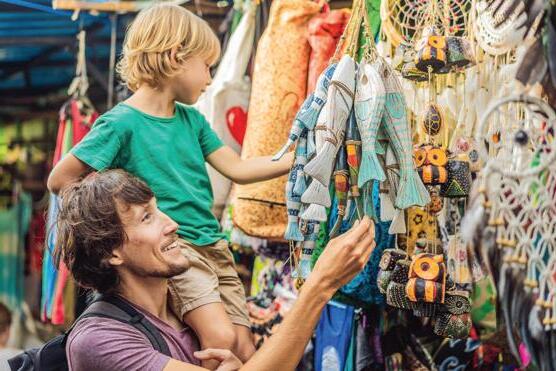


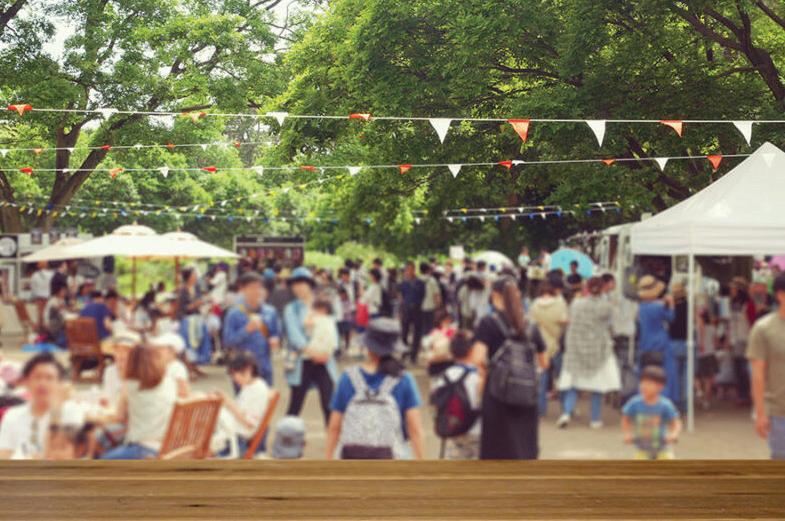
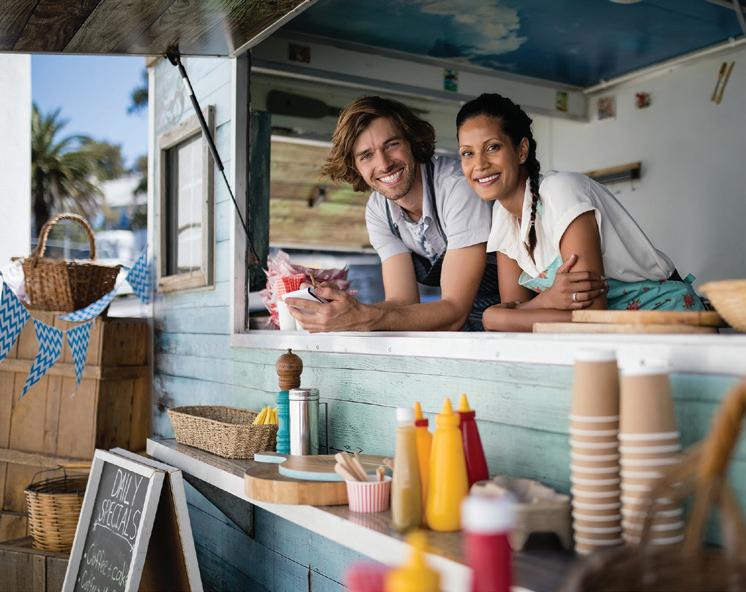
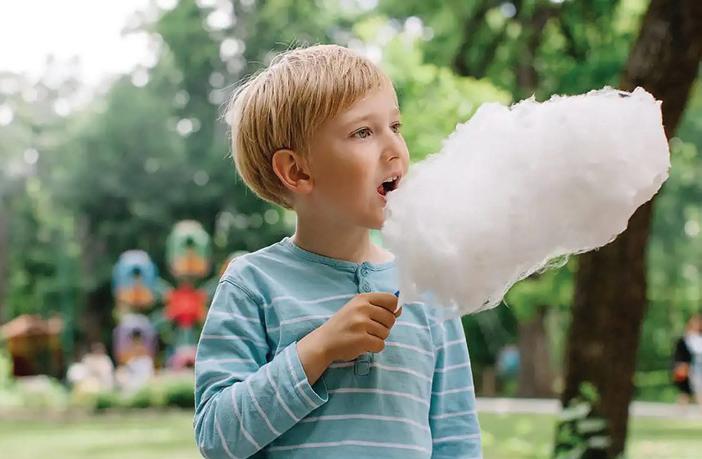


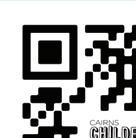





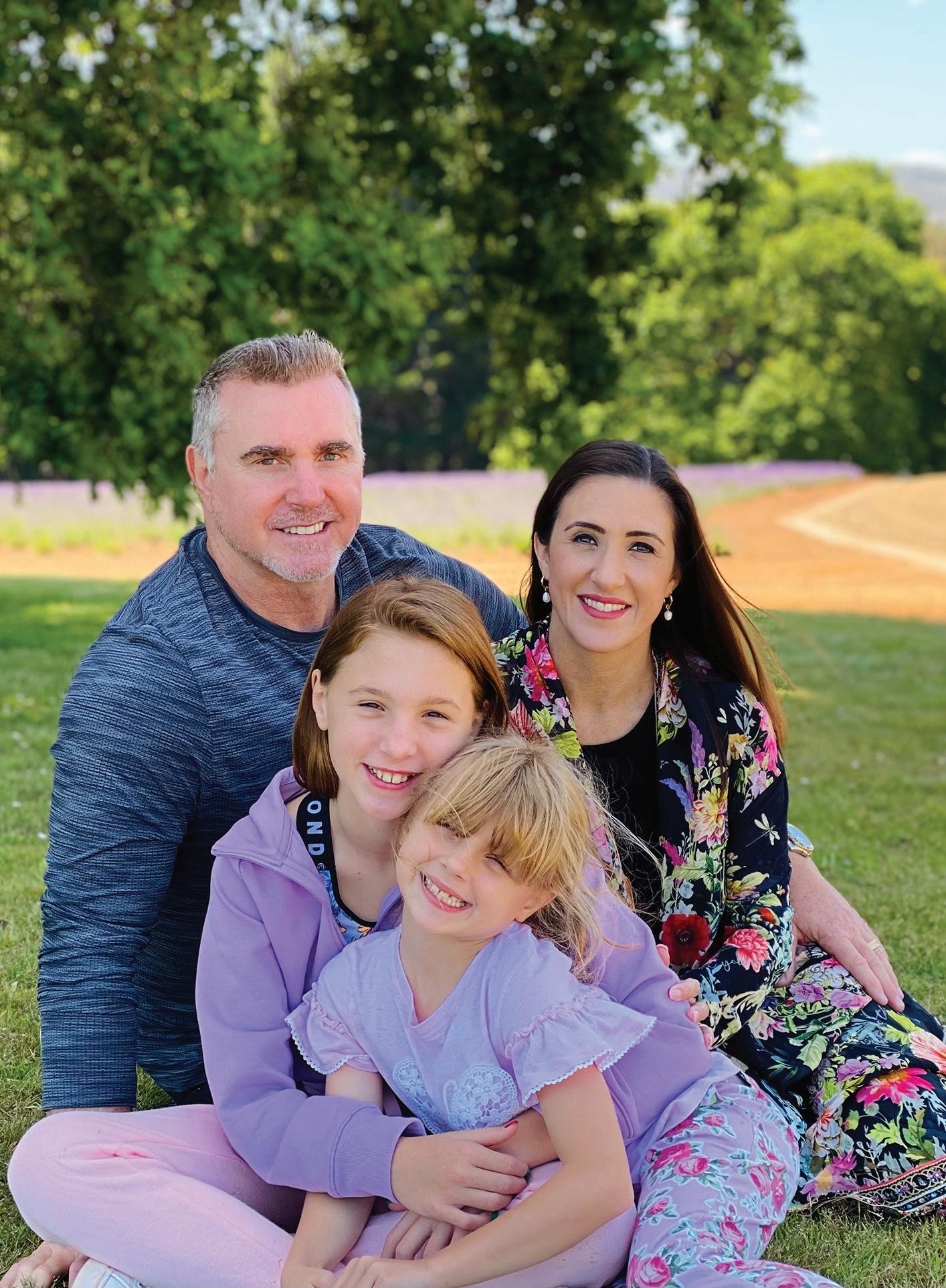
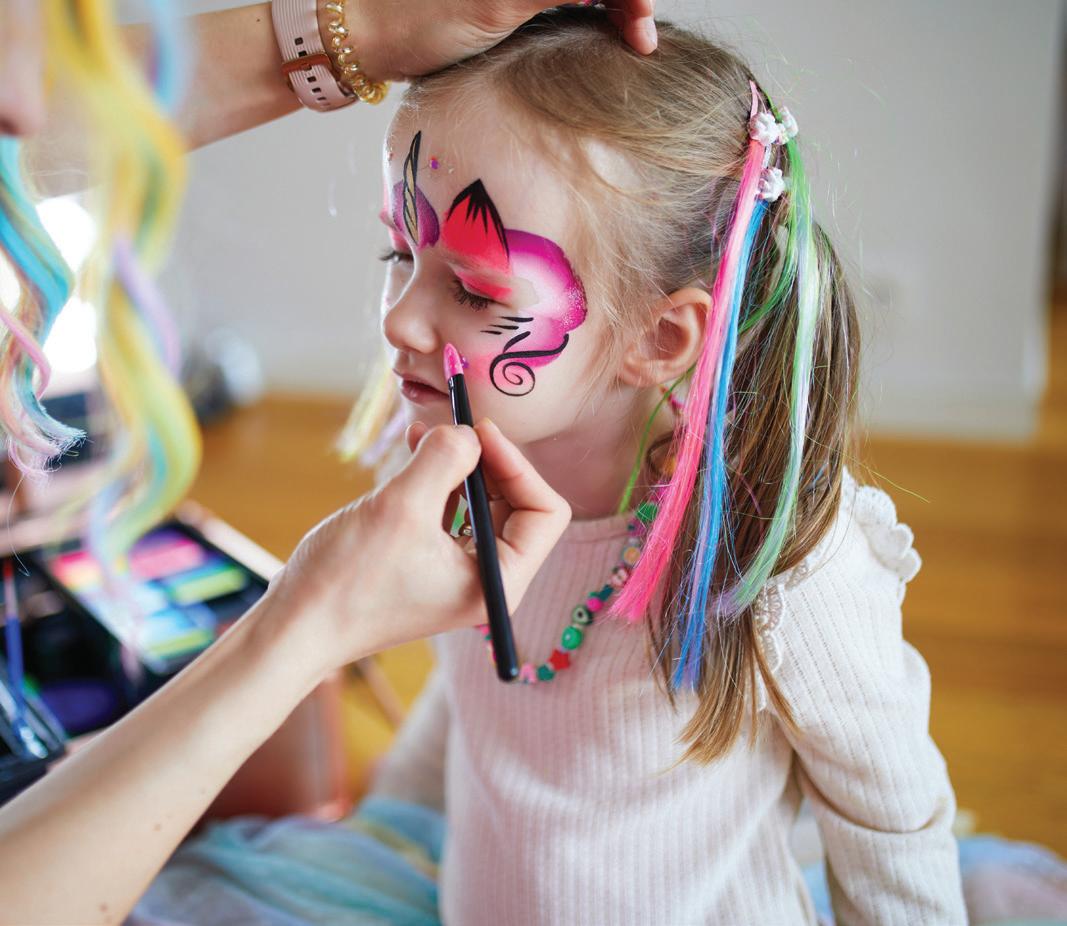
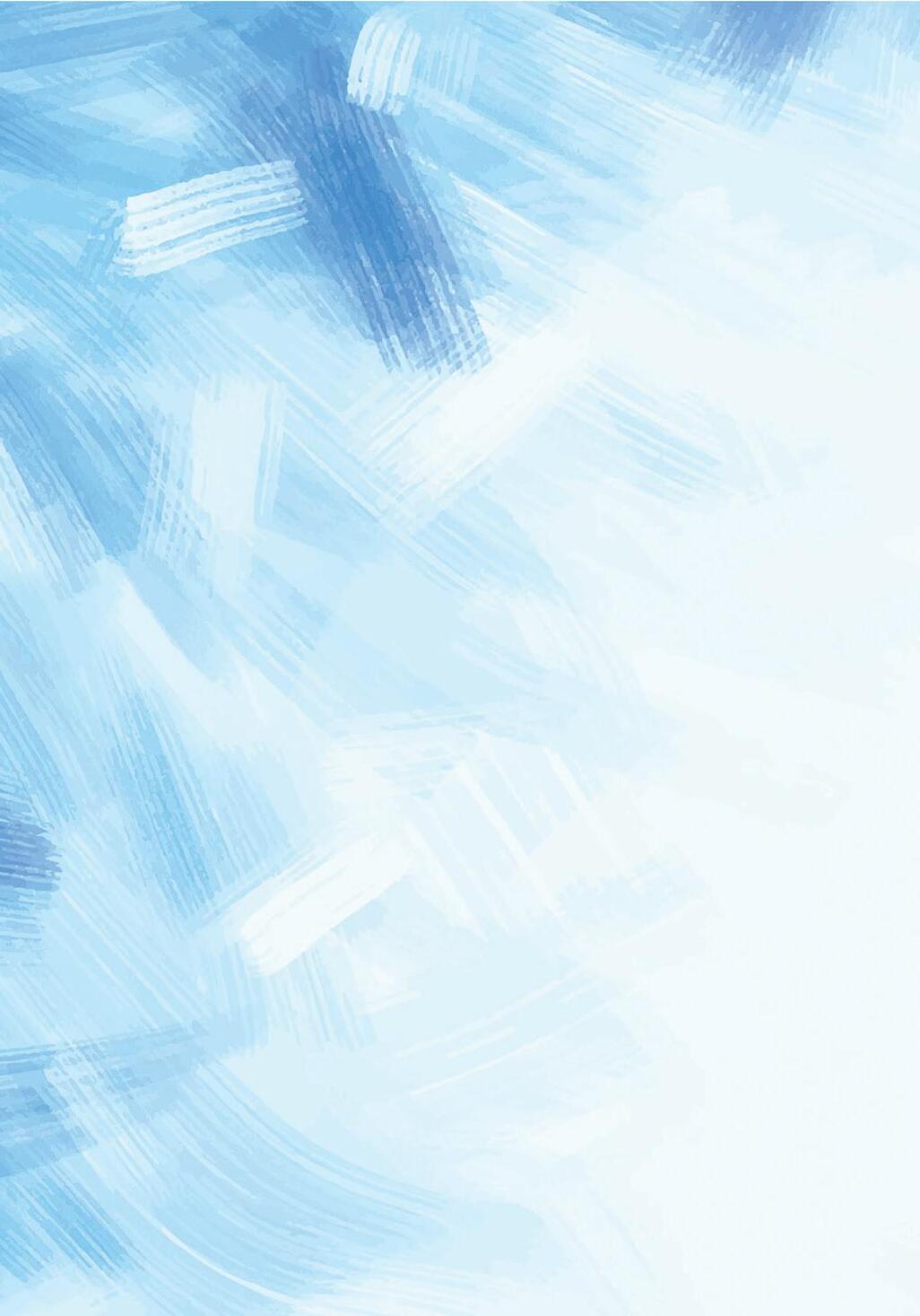

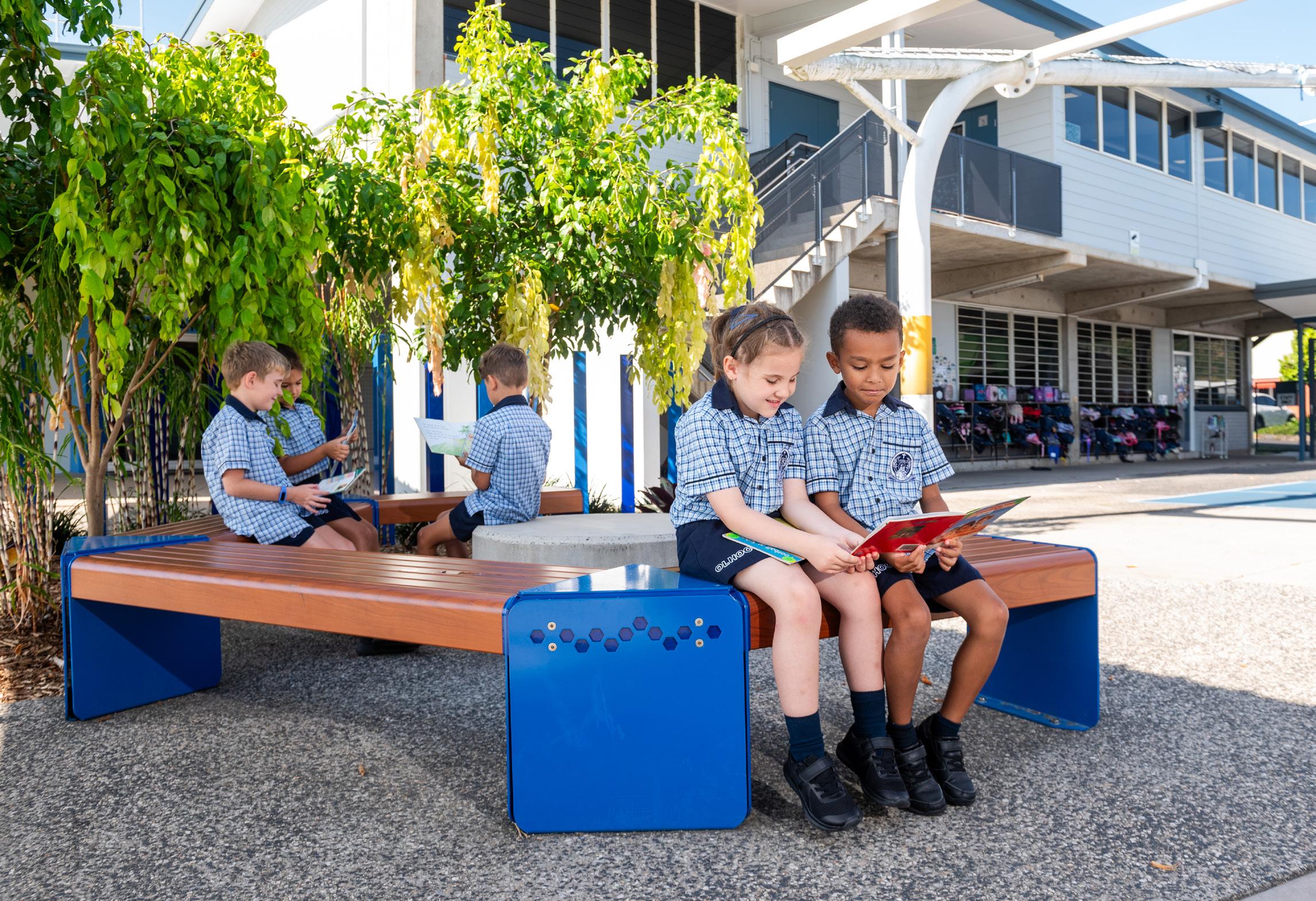

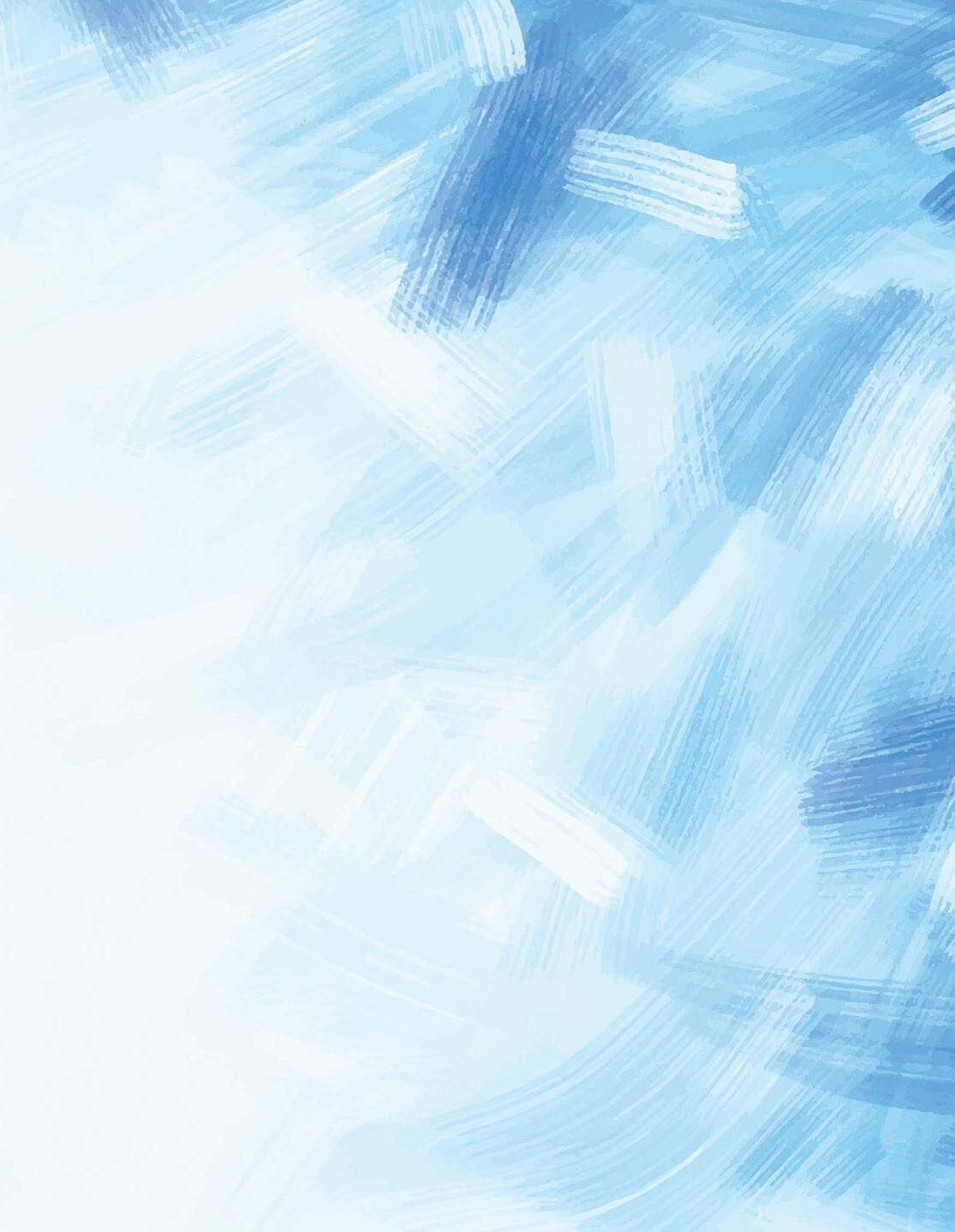

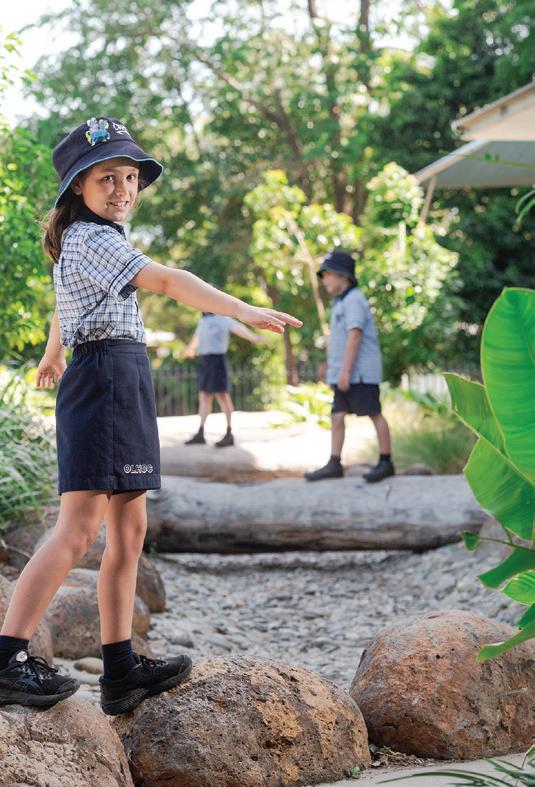
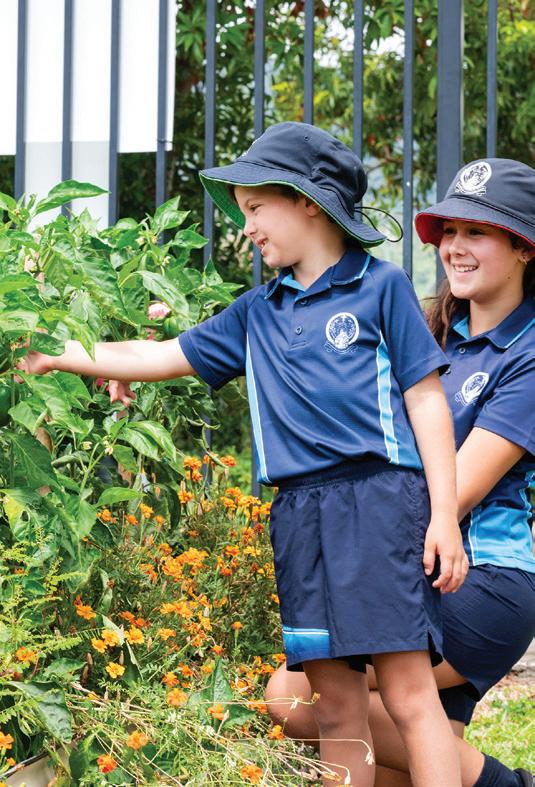



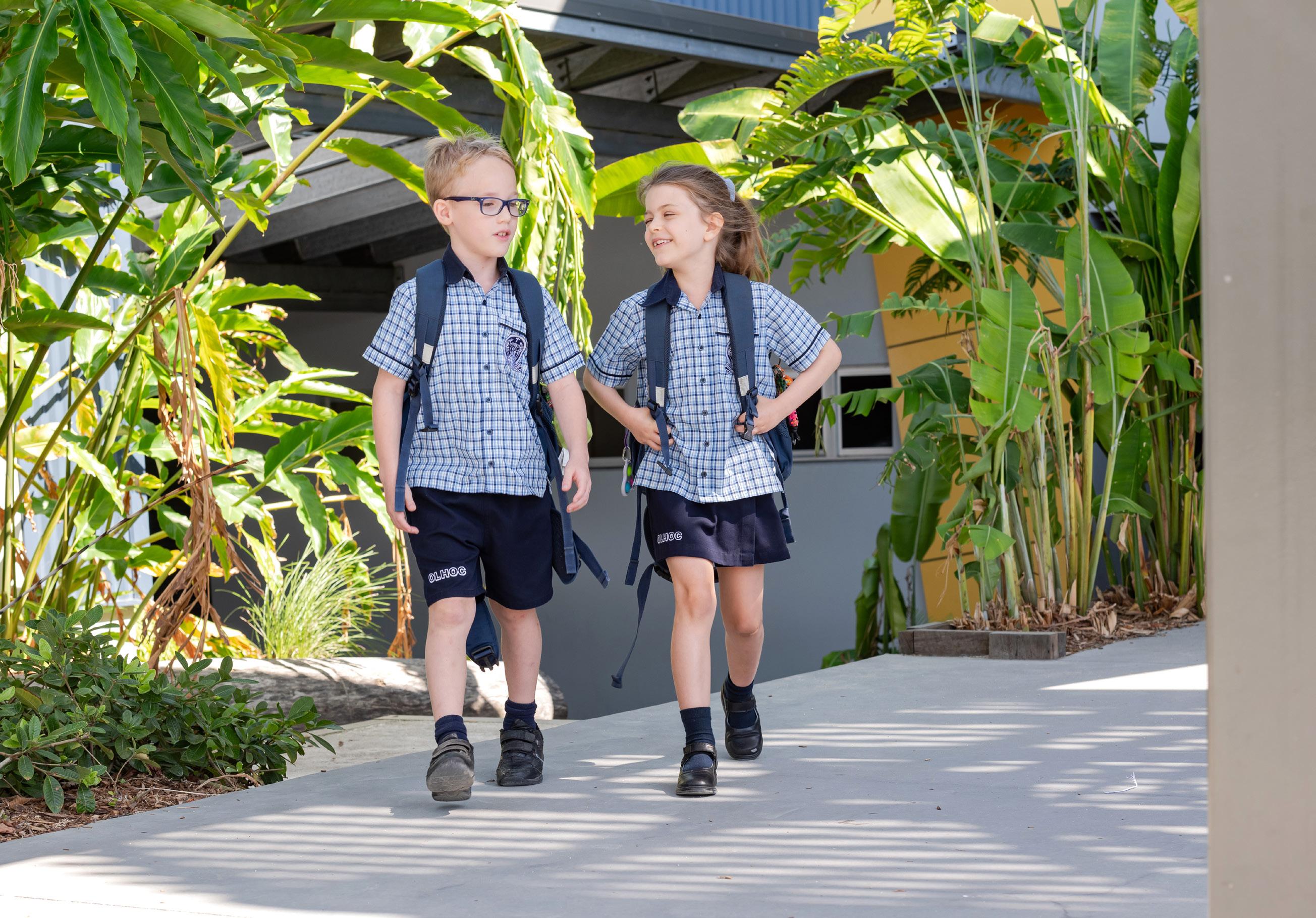
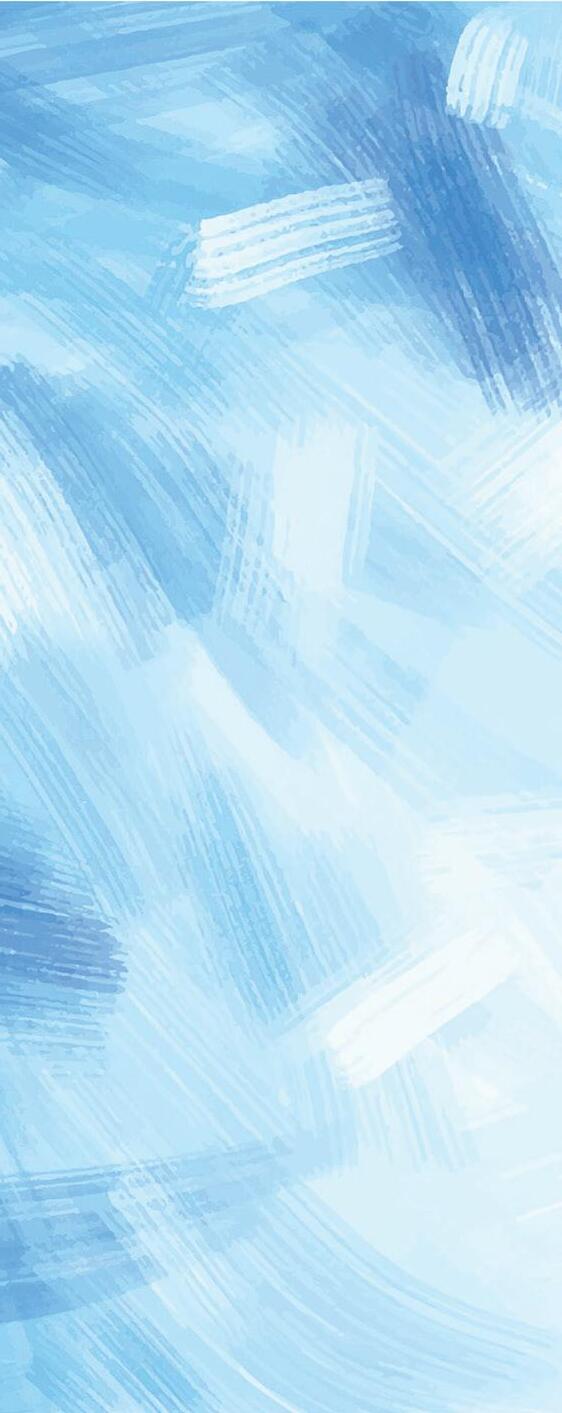
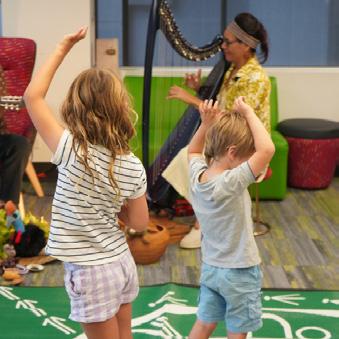


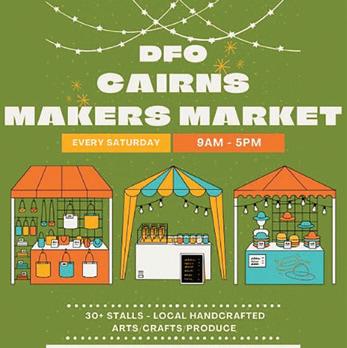
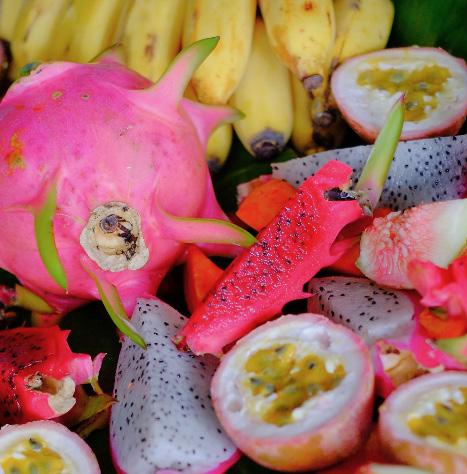

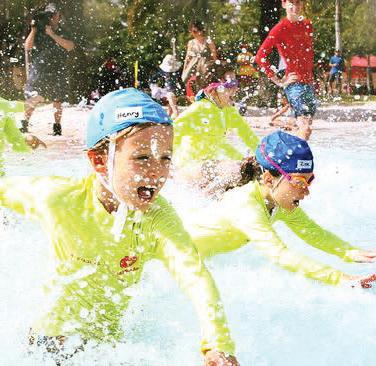
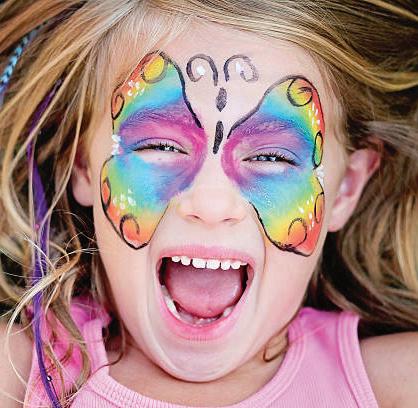
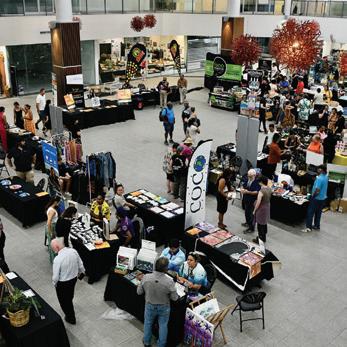

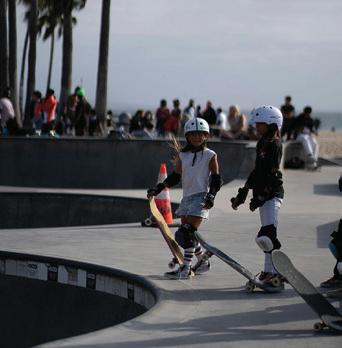

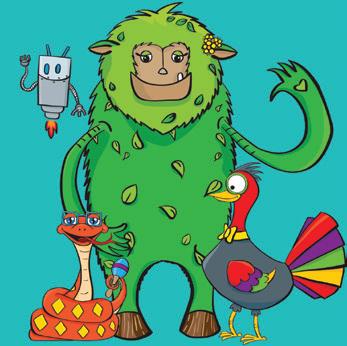

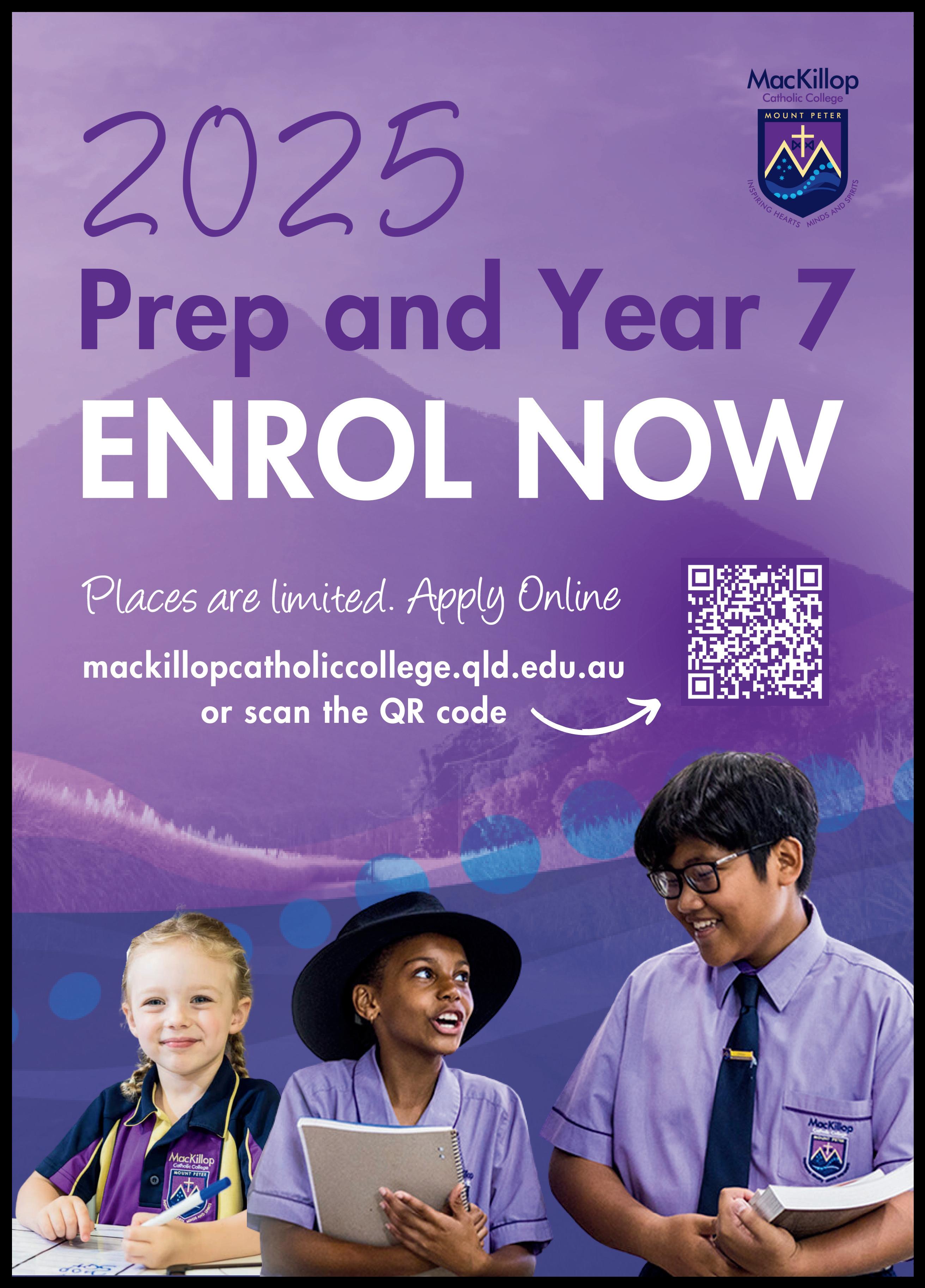

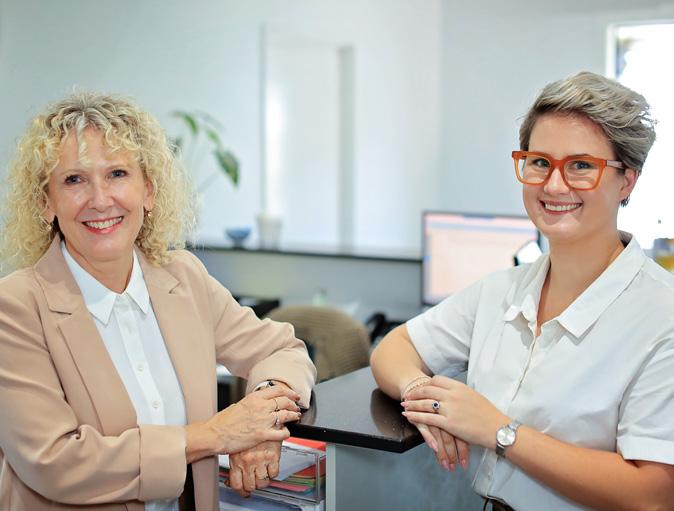
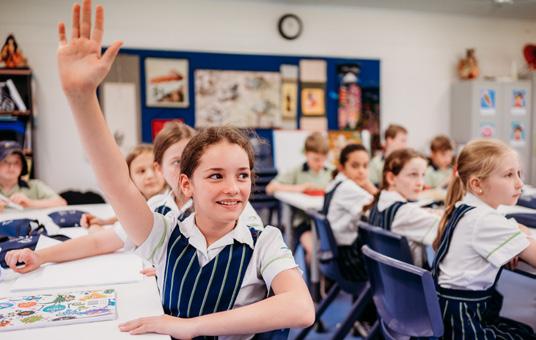


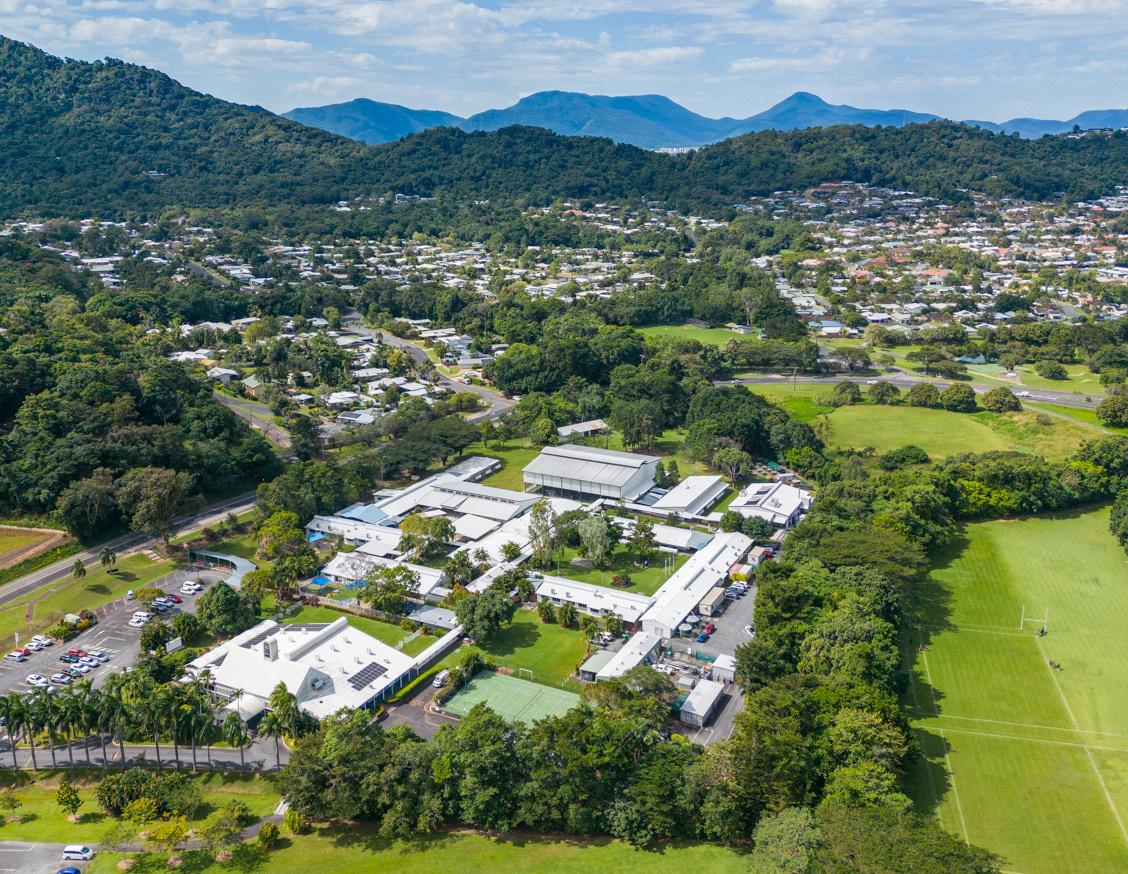

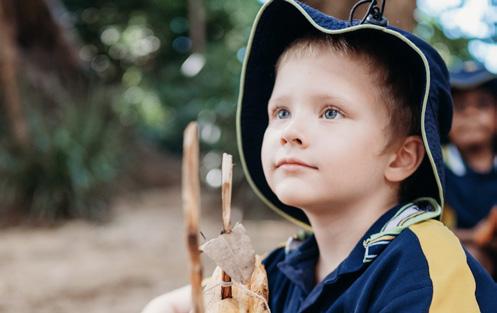

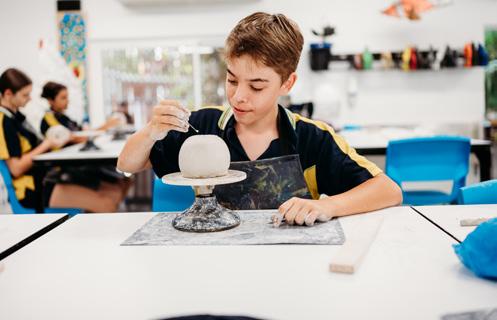
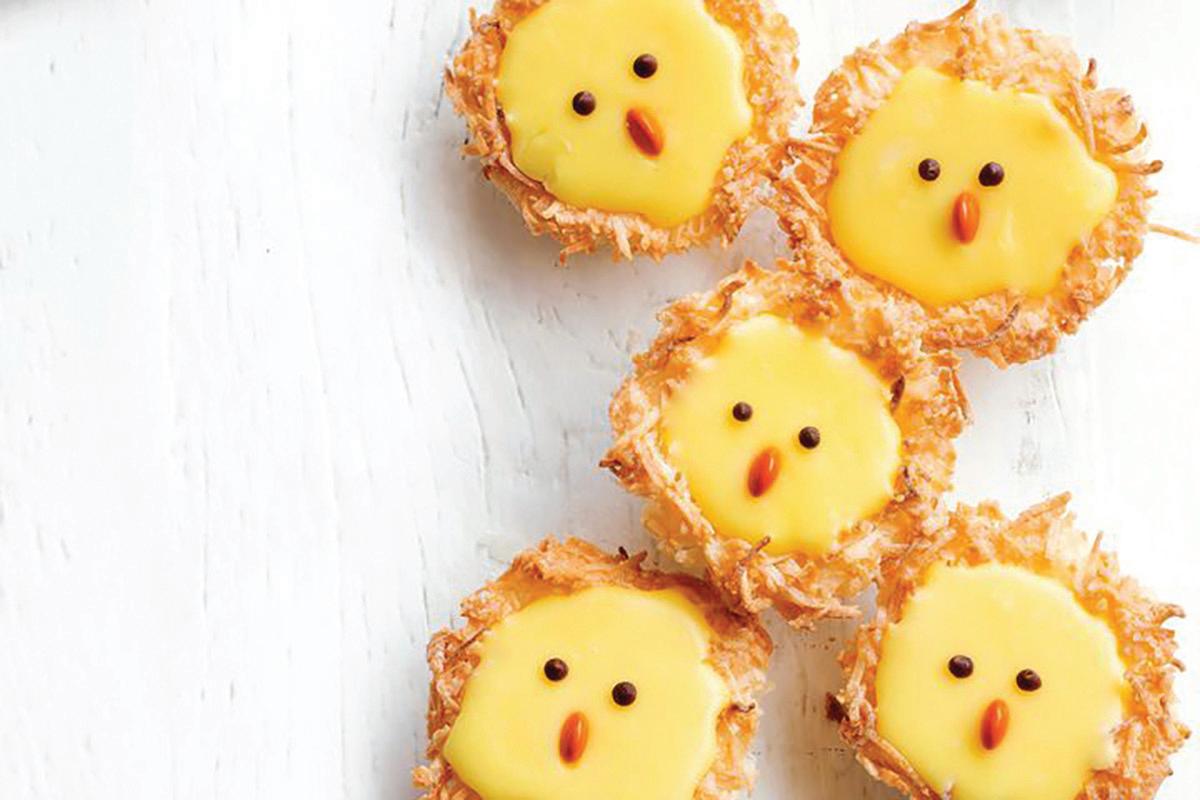


















 Words by Stacey Carrick
Words by Stacey Carrick

